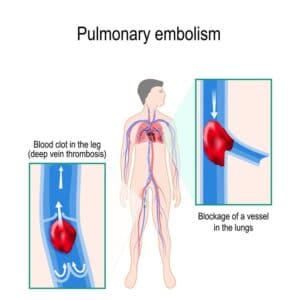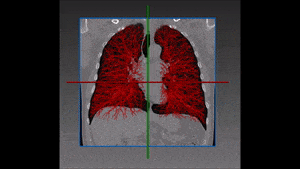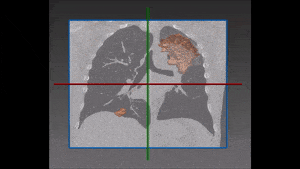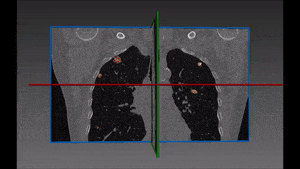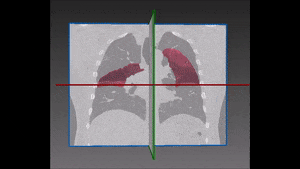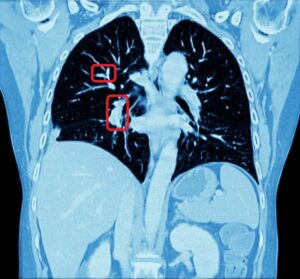The first way by which Holger R. Roth et al. (of the National Institutes of Health Clinical Center, Bethesda) meet this challenge is by using a two-stage method, where in the first stage they attempt to reach a near 100% sensitivity rate at the cost of a very high false positive rate and in the second stage they classify the candidates found in order to reduce the false positives.
This approach of over-sampling lends itself very easily for training a deep learning classifier, which needs large quantities of data; this is indeed what the authors have chosen to do.
At the first stage they use multi-atlas label fusion to generate priors for anatomical structures and use a simple learning classifier to generate the lymph node candidates. Specifically, they use an SVM classifier to generate candidates in the lungs and a Random forest classifier to generate them in the abdomen.
At the second stage, a 5-layers Convolutional Neural Network (CNN) is used to classify the candidate voxels. There are two main ideas introduced in this part. The first is the combination of the three orthogonal slices (axial, coronal and sagittal) into three channels resembling the RGB channels of color images, which allows the CNN to infer additional information from the relations between them. The second idea is to expand the dataset using rescaling, translations and rotation of the voxels in question.
Results of the pulmonary lymph nodes detection
The results of this approach can be described as no less than a drastic improvement over current state-of-the-art results. While the best sensitivity results previously proposed for abdomen and mediastinum lymph node detection were slightly above 70% and 50% respectively, this new approach offers 15% to 20% higher sensitivity, with a much lower ratio of false positives per voxel.
In a subsequent experiment Holger R. Roth et al. also showed that this same architecture, when using both mediastinum and abdomen candidates to teach the CNN, can even reach a result of about 80% sensitivity, with only three false positives per voxel for mediastinum lung lymph nodes detection.
Image courtesy of Manual for Staging of Cancer, 3rd edition, American Joint Committee on Cancer. J B Lippincott Co., 1988.

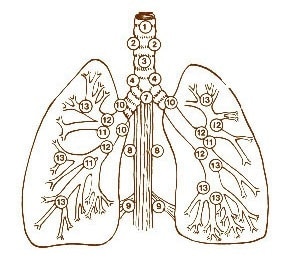
 Pulmonology
Pulmonology